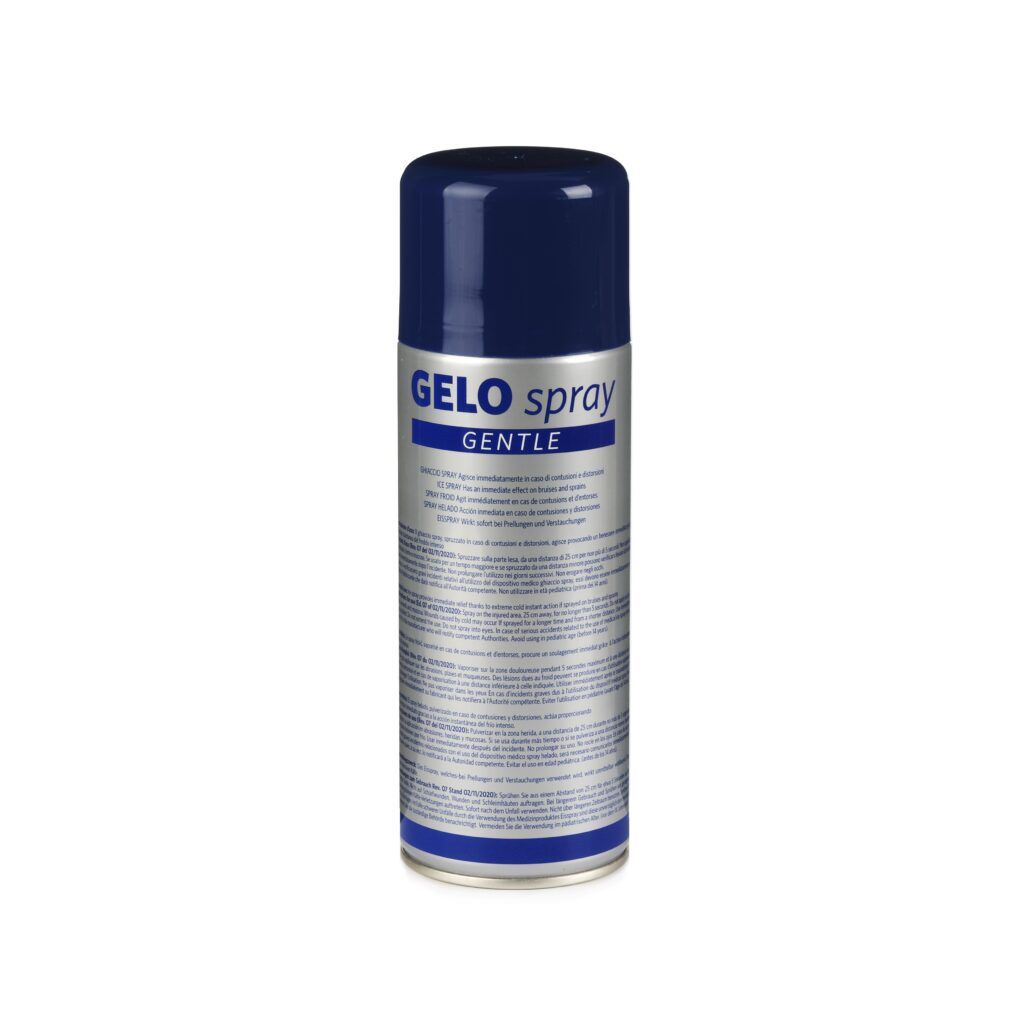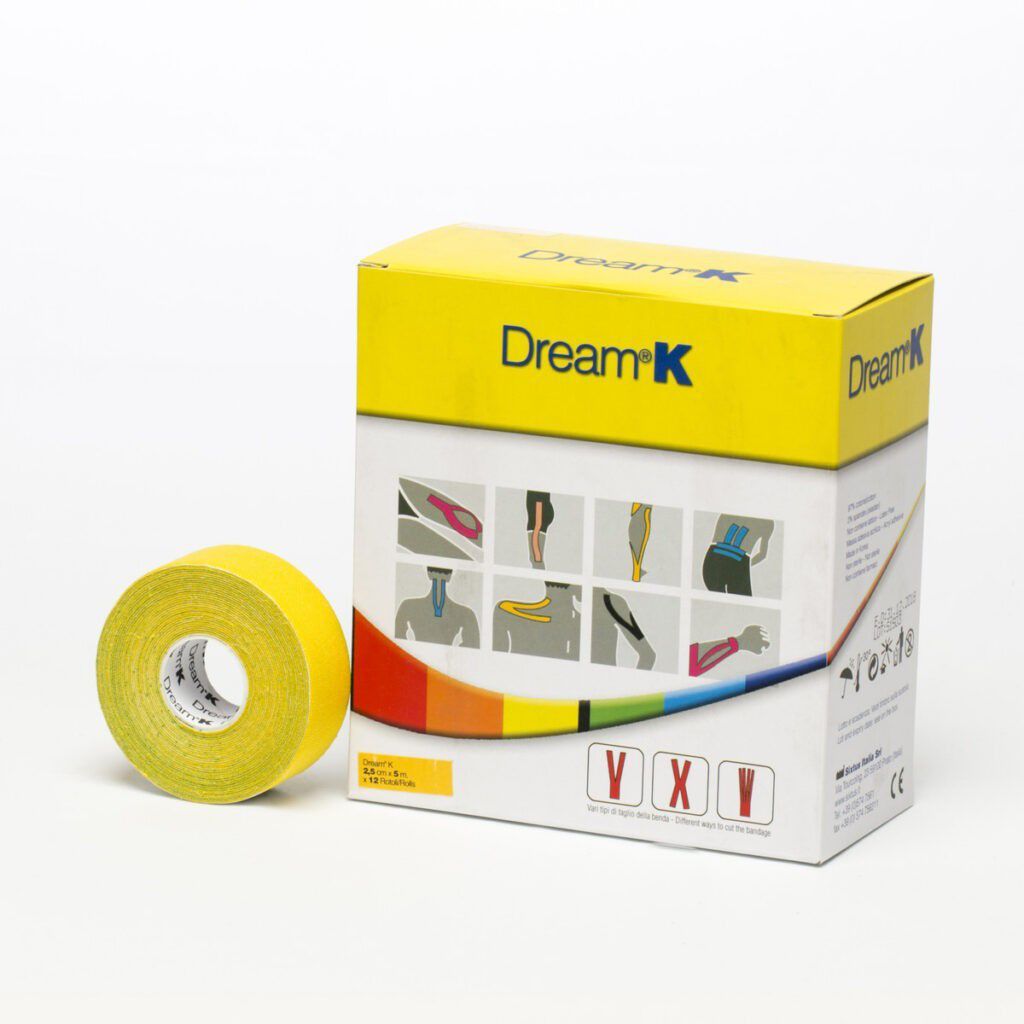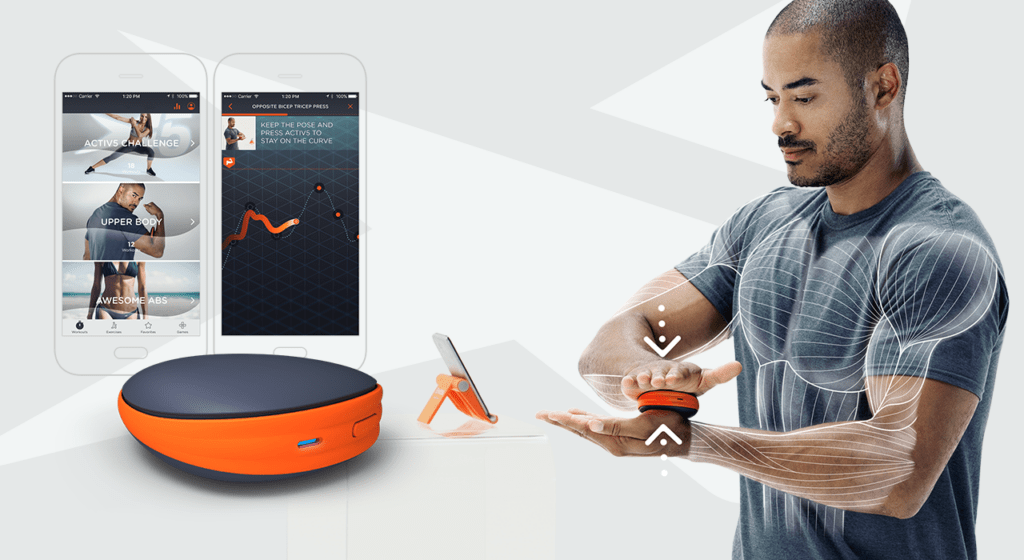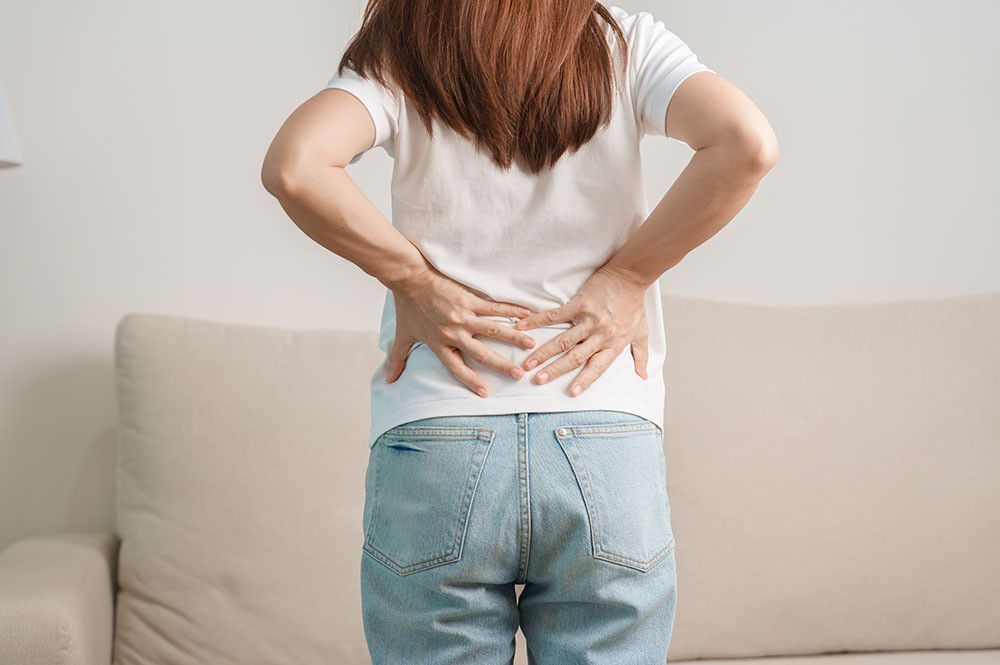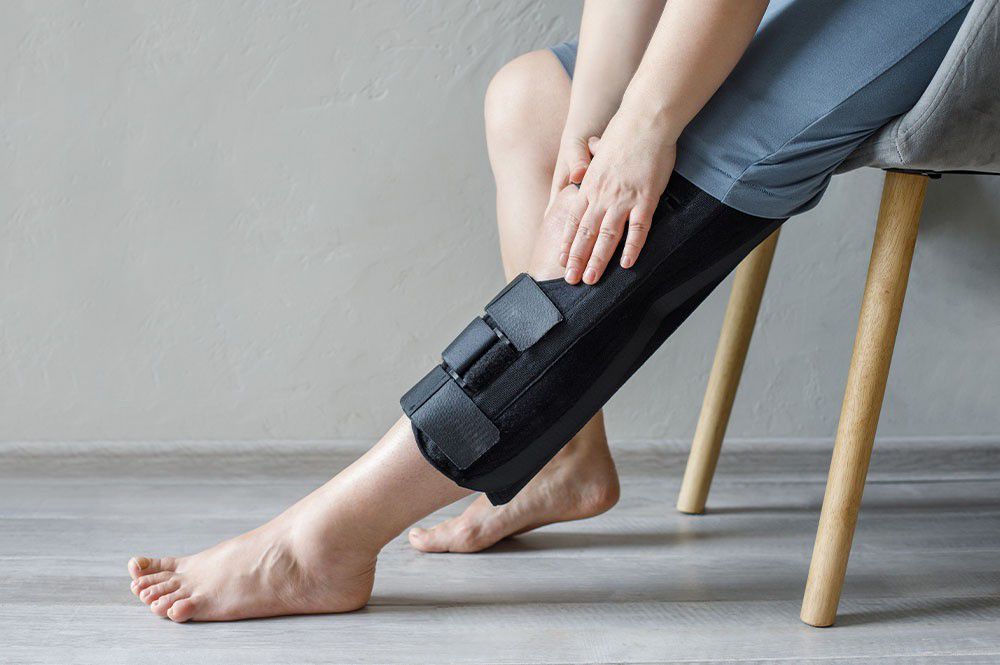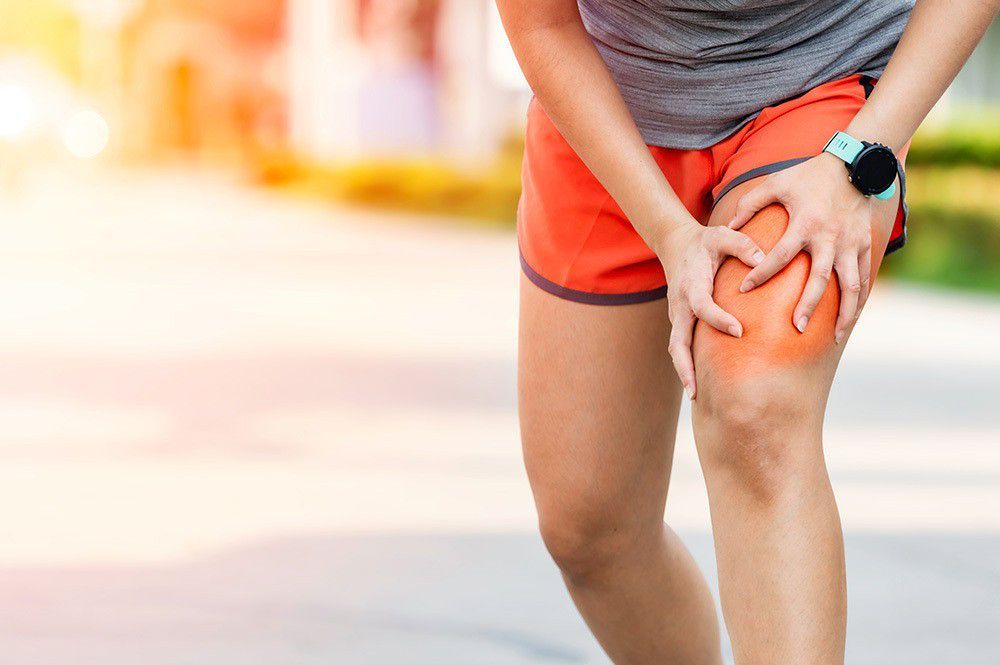Lasègue maneuver or sign
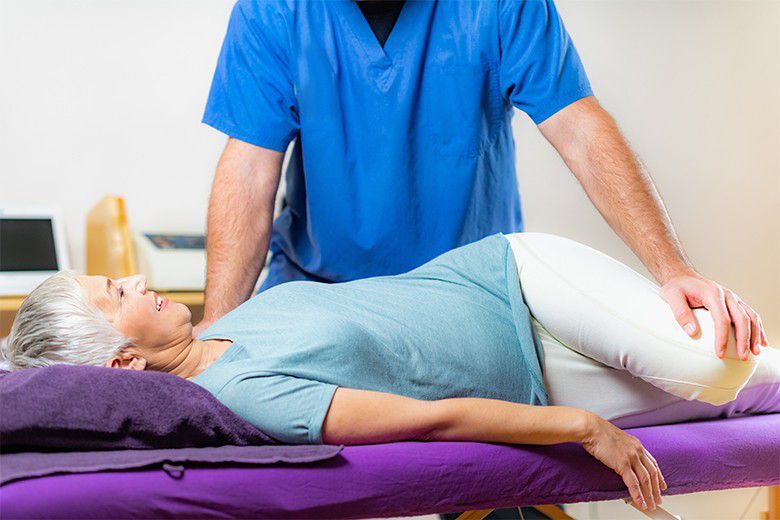
- 1 Theory and practice
- 2 Investigation and utility
- 3 Pain and Lasègue tests
- 4
How to perform the Lasègue maneuver?
Lasègue’s sign (also known as Lasègue’s test, Lazarević’s sign, or Lasègue-Lazarević’s sign) describes a possible stretching pain of the sciatic nerve and/or spinal nerve roots in the lumbar and sacral segments of the spinal cord as part of an examination procedure in orthopedics, neurology, and rheumatology.
The sign’s name refers to the French internist Ernest-Charles Lasègue (1816-1883) and Serbian neurologist Laza Kuzman Lazarević (1851-1890).
Performing Lasègue’s maneuver
With the patient lying on their back, the healthcare provider lifts the leg with the knee extended, thus passively performing a flexion at the hip joint. If this movement exacerbates the pain, the flexion is reduced to the maximum physiologically possible.
If the pain radiates from an angle of 70 degrees and during the test, it spreads from the leg to the back and radiates back to the knee, the Lasègue test is considered positive.
In this happens, there is inflammation in the nerve root area, such as in the case of a herniated disc.
Pain that occurs at an angle of about 45 degrees (or less) acutely and goes up the leg from the back radiating below the knee, the test is positive and is called Lasègue’s sign. Stretching of the sciatic nerve is seen as the cause of the pain.
If the pain is reported at a 60-70° angle, it is called pseudolasègue or pseudo-positive Lasègue’s sign; for example, it can also be pain from stretching the ischiocratic muscles.
The possible Lasègue sign may be intensified by simultaneous internal rotation of the leg or dorsiflexion of the foot (so-called Bragard’s sign).
With a positive Lasègue, the nerve roots of the L4/L5 or L5/S1 segments are compressed.
The angle at which the pain begins should be noted in the test, which generally leads to reflex resistance to movement.
Lasègue’s test can be positive obviously in cases of sciatica, herniated disc, or irritation of the meninges such as meningitis or subarachnoid hemorrhage.
The reverse Lasègue sign (inverted Lasègue) is the induction of pain with flexion of the knee joint with the hip joint extended (the patient lies prone) as a sign of femoral nerve stretch (compression of L3/L4 nerve roots).
The reverse Lasègue test is not part of routine examinations and is, therefore, a rather rare diagnostic option that shows whether nerve stretch is causing pain in the front of the thighs.
What the Lasègue test evaluates
The Lasègue test checks the intensity of pain when nerves in the spine are stimulated.
The main reason for the test is back pain, which does not always have a clear origin. Therefore, the physician has various methods and physical examination tests that indicate certain symptoms and diseases as a functional test. Ott, Schober, and Lasègue signs are well known.
The Lasègue test can also be performed while sitting.
If it is performed while sitting, it is referred to as the recumbency test.
The seated recumbency test requires sitting upright in a chair and letting the legs of the lower leg dangle.
The test is considered positive if the patient moves the upper body backward as soon as the leg is straightened.
How to define nerve root pain in the Lasègue test
Pain on flexion and extension is an important indicator of possible inflammation in the nerve root area.
The test can document the angle at which the pain occurs, and the physician can then determine if the symptoms are worsening. The Lasègue test is useful not only for herniated discs or back pain but also for suspected meningitis.
The Lasègue test is one of the best-known functional tests, and it allows for a more precise definition of the range of motion and pain stimulus.
This makes it a common technique experienced therapists use to test for pain activation.
To make a more reliable diagnosis, the test is combined with others, such as the Bragard test.
Causes of a positive Lasègue sign
Many orthopedic and neurological diseases require an examination of the Lasègue sign. Possible causes of a positive Lasègue sign are inflammation in the spinal nerve root area from L4 to S1 and inflammation or irritation of the sciatic nerve, also known as the sciatic nerve.
A common cause of such nerve damage in the spinal nerve root area is a herniated disc.
The sciatic nerve can be damaged in its course and trigger sciatic/sciatic syndrome, also known as low back pain or lumbago, or when it emerges as the S1 spinal nerve as part of a herniated disc.
Theoretically, the S1 nerve is damaged, which by definition is not yet referred to as a sciatic nerve. This means that a positive Lasègue sign indicates the location of possible disease.
In addition, Lasègue’s sign can be positive in cases of meningitis.
The meninges are irritated and stretched by movement, causing severe pain.
Further examinations in case of a positive Lasègue test
The deciding factor in Lasègue’s test is the angle at which pain is felt when stretching and bending the leg. If the pain radiates from an angle of 45 degrees, it is called pseudo-Lasègue.
Such flexion pain occurs when there is already tension in the back muscles. Back pain is usually not expressed in everyday movements but becomes visible as tension through testing. It is worth performing and checking, even if the muscles are tense. If the pain radiates at an angle between 30 and 70 degrees in one or both legs, further basic neurological diagnosis for back pain is needed. It is helpful if the course of pain can be traced on the skin.
A neurological examination, including a reflex check, can be used to determine tension, failure, or paralysis of certain muscles.
The following syndromes exist for the nerve root and spinal cord area:
-Sciatica syndrome (root irritation syndrome and visualization of pressure with pain in the lumbar spine)
-Cervico-brachial syndrome (pain in the shoulder and neck area)
-Cauda syndrome (a transverse syndrome in the area of the first lumbar vertebra to the sacrum)
The Lasègue test is an excellent way to identify the causes of low back pain. It allows identification of where restricted motion occurs in low back pain and the intensity with which it occurs.
The cause of low back pain, in particular, is not always immediately assignable. Therefore, they are also divided into specific and nonspecific.
If they are felt suddenly, the condition usually improves on its own after a short period. If the pain persists, further examination is necessary. Symptoms occur when there is muscle tension or nerves near the spine are irritated.
The reasons for this are:
-overweight
-poor posture
-lack of exercise
-sitting in the same position for too long
-psychological or emotional stress
-fatigue
Causes of a negative Lasègue sign
A negative Lasègue sign occurs mainly in healthy people and patients who do not suffer from nerve root compression syndrome in the L4 to S1 nerve root area or meningeal irritation. Herniated discs affecting the upper spinal nerve roots are not detected with this clinical examination technique.
What is a crossed-out Lasègue’s sign
If there is a crossed-out Lasègue sign, the healthy leg is examined.
The victim lies supine, and the examiner lifts the healthy leg straight.
A positive Lasègue sign in the case of the crossed Lasègue sign means that the opposite leg, which is lying on the table and has not been lifted, suddenly exacerbates pain that may extend to the motor/sensory area of the affected nerve root.
This means that the crossed Lasègue test works like the “normal” Lasègue test, except that the healthy leg is raised and discomfort is caused in the affected leg.
A positive Lasègue sign in the crossed Lasègue test means that there is irritation of the spinal nerve roots from L4 to S1, sciatic nerve, or irritation of the meninges on the opposite side.



